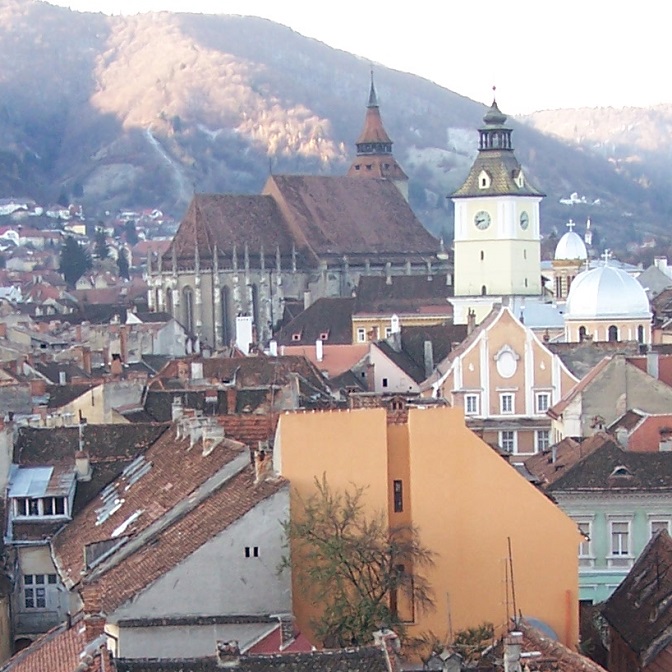
Romanian is one of the most fascinating and diverse languages in Europe.
It is spoken by over 90% of Romanian inhabitants. The largest minority language is Hungarian, mainly spoken in Transylvania, particularly in Székely Land located on the border with the Moldavian region. Székely Land’s Hungarian-speaking inhabitants have a majority in this region, especially in the counties of Harghita and Covasna.
Romania has other minority languages such as Romani, spoken by the Roma ethnic group that originated from India.
Moldova is another country where Romanian is the dominant language. About 70% of Moldovans speak Moldovan or Romanian. Both Romanians and Moldovans understand each other well. The difference lies in pronunciation and use of some Russian words. Russian has a majority in Transnistria, a small part of Moldova where Russian-speaking inhabitants have a majority. This part of Moldova proclaimed independence, only recognized by Russia.
The Romanian language evolved from the Dacian language under Roman rule. Dacian was spoken in Dacia and Moesia and became extinct around the 4th century CE. Romanian is categorized as a Romance language (together with Italian, French, Spanish, Portuguese, etc.).
These Romance languages are the successors of Vulgar Latin. Looking at Romanian vocabulary, words are about 45% Latin, 33% Romance (with a majority of 20% French words), 14% Slavic words, 2% Greek and the remaining 6% from other languages.
Looking at grammar, there are similarities with other Romance languages. The main differences are a neuter gender and three cases (nominative/accusative, dative/genitive and vocative).